

Max Davies
2026 GWM Haval Jolion review
2 Hours Ago
The Fortuner is a rare sales struggler from Toyota Australia. We've put it head-to-head with the Isuzu MU-X to find out why.

Contributor


Contributor
Want to take your family deep into the wilderness? You could load them into the tray of a dual-cab ute and tell them to hold on tight, but that’s generally frowned upon in 2022. Political correctness gone mad…
Thankfully, four-wheel drives like the Toyota Fortuner and Isuzu MU-X exist.
They’re built on the same rugged, ladder-frame bones as their ute cousins (the HiLux and D-Max respectively) but feature more comfort-oriented coil spring suspension setups, more luxurious interiors, and more seats. Kids these days have it too good.
The Fortuner should, on paper, be a segment stalwart. After all, it’s based on the same underpinnings as the all-conquering HiLux, and Toyota Australia has a near-perfect strike rate when it comes to introducing new names to Australia.

In practice though, the Fortuner has failed to make much of an impact on the sales charts. A facelift in 2020 brought about more power, more technology, and the option of a Luxury Pack for the GXL on test here.
As for the MU-X? From relative obscurity, the Isuzu Ute seven-seater has become a favourite with families keen to go their own way and grey nomads towing caravans. Like the D-Max ute, the MU-X was given a ground-up overhaul last year.
Although it’s still powered by a 3.0-litre turbo-diesel engine, the new MU-X is a different beast to its predecessor. It’s designed to be more grown-up, with a more luxurious cabin, but it’s also become more expensive in the process.
It doesn’t seem to be holding punters back. As a company Isuzu Ute is dwarfed by Toyota, but David is giving Goliath a bloody nose on the sales charts. Why?
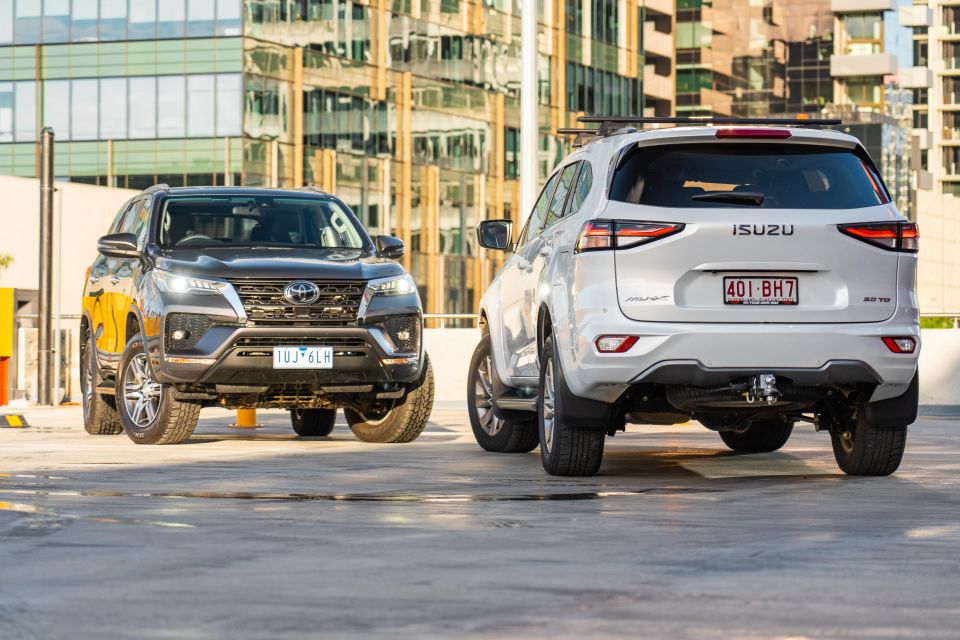
Isuzu MU-X LS-U
The MU-X is the more expensive car of the pair on test here, with a starting sticker of $61,400 before on-road costs.
It’s the mid-range 4×4 trim level, and is $5500 more expensive than the entry-level MU-X LS-M 4×4. It undercuts the range-topping LS-T 4×4 by a whopping $12,000 based on list price.
The LS-T is subject to a deal dropping its sticker to $65,990 drive-away, however.
If you can do without four-wheel drive you can get an LS-M for $48,900 before on-roads, an LS-U for $55,400 before on-roads, and an LS-T for $61,400 before on-roads.
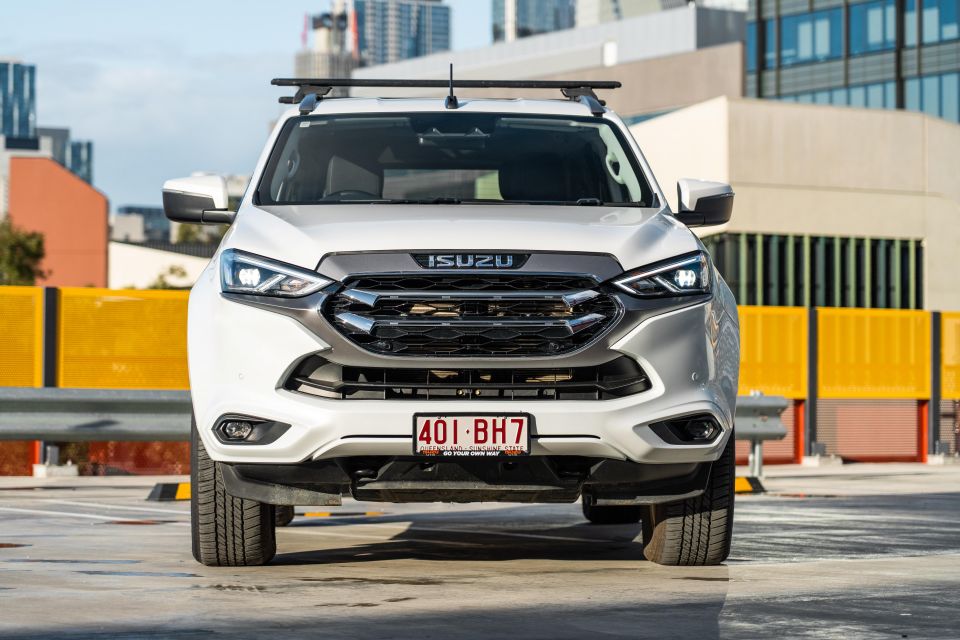
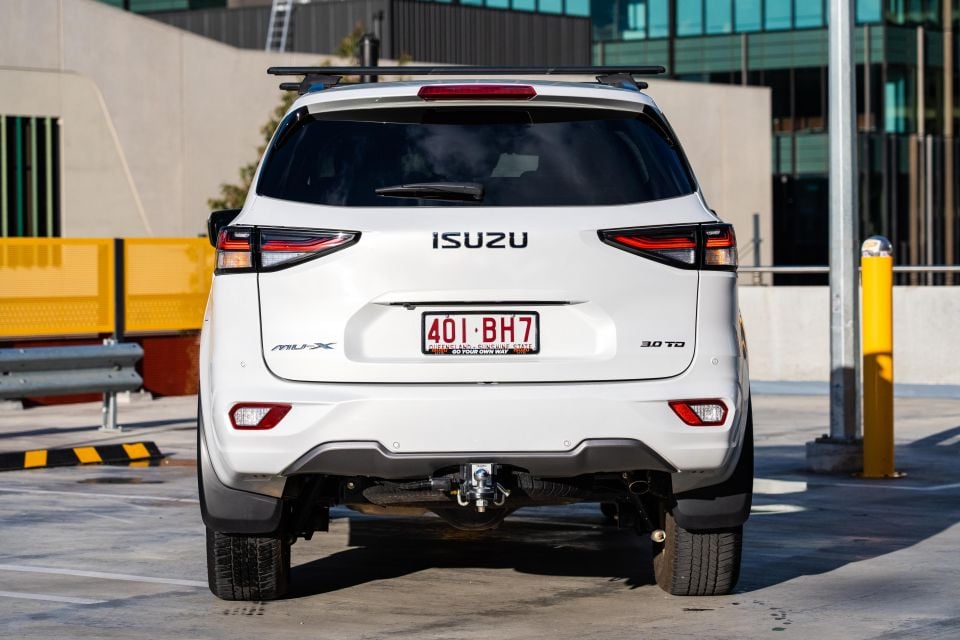
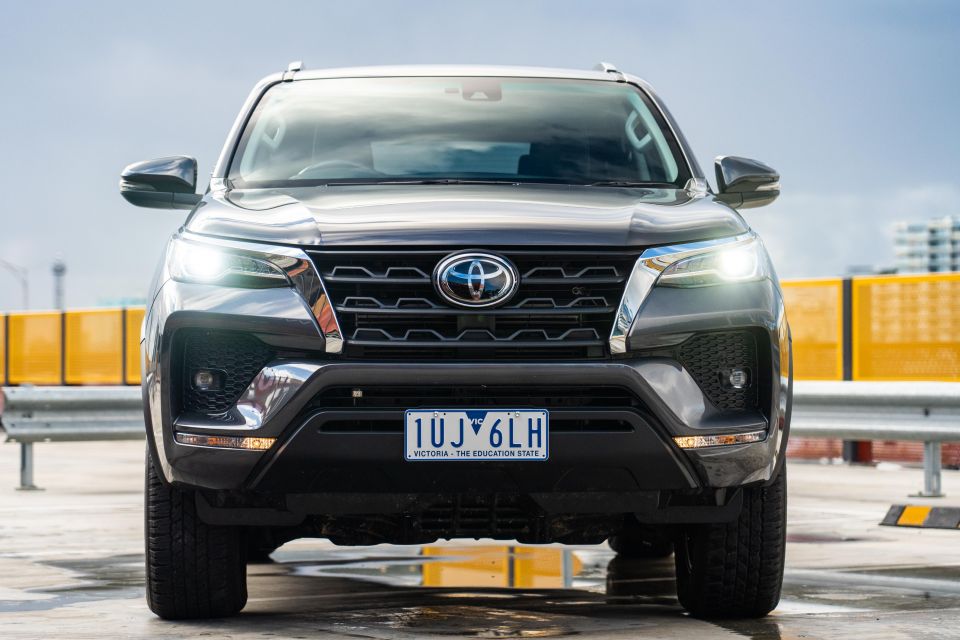
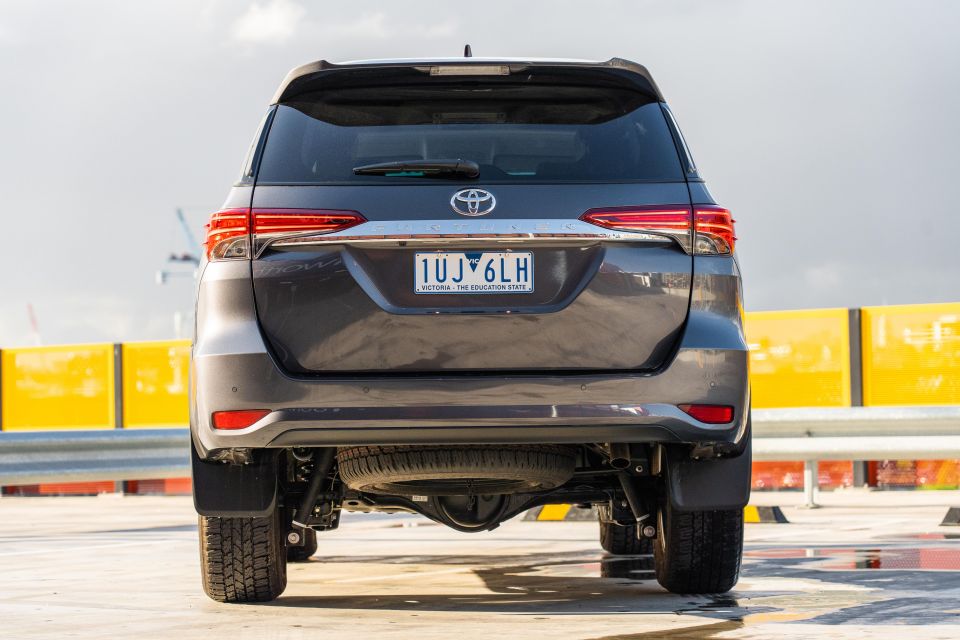
Toyota Fortuner GXL
The Fortuner range is simpler than the Isuzu’s, because Toyota doesn’t offer its family-hauling off-roader in 4×2 guise.
The GXL on test has a sticker price of $55,085 before on-roads, although opting for the Luxury Pack (leather seats, power adjustment up front) adds $2500 to the sticker price for a figure of $57,635 before on-roads.
The range kicks off at $49,715 before on-roads for the GX, and extends to $62,945 before on-roads for the evocatively-named Crusade.
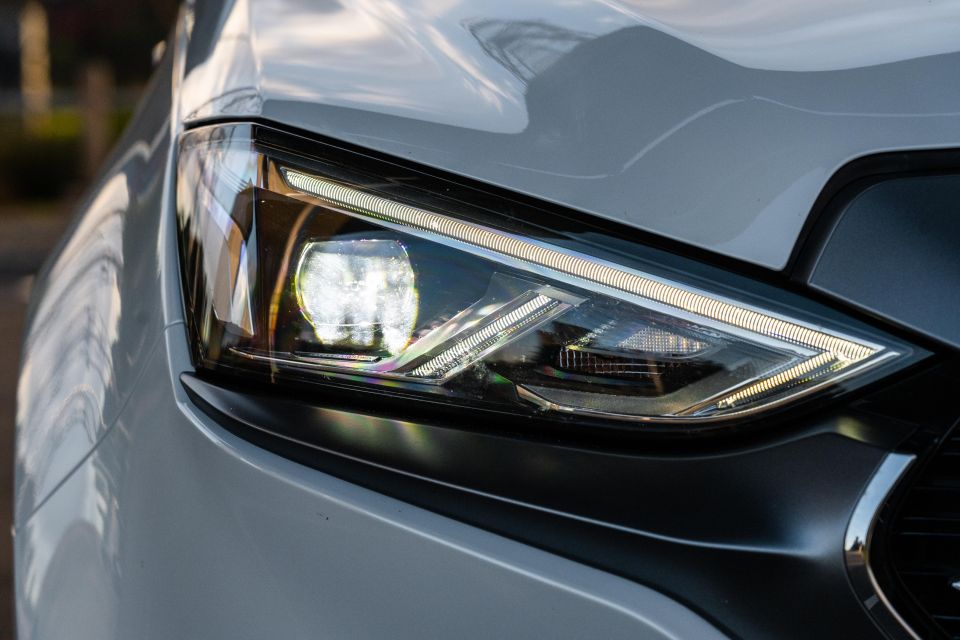
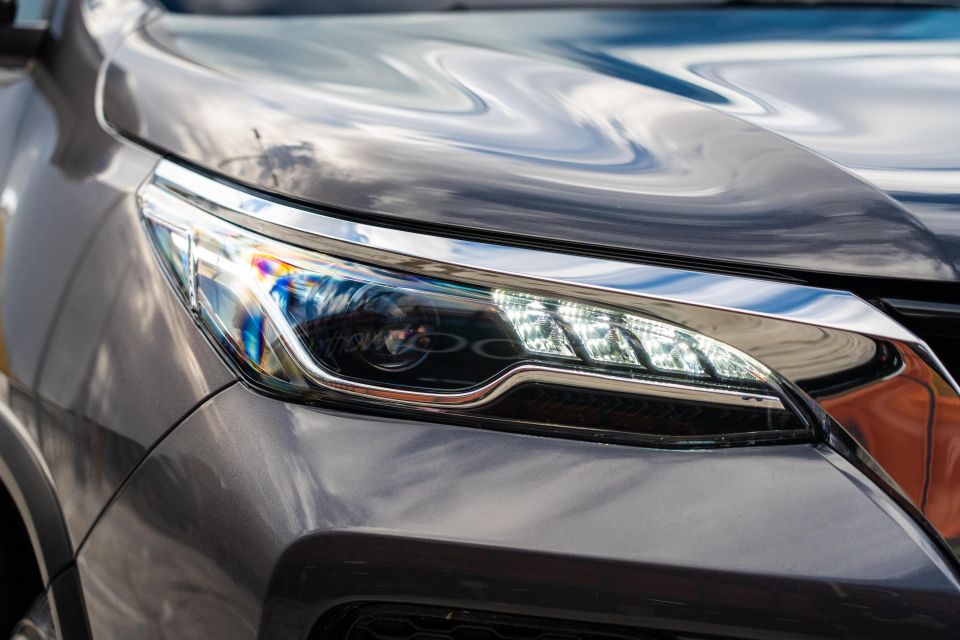

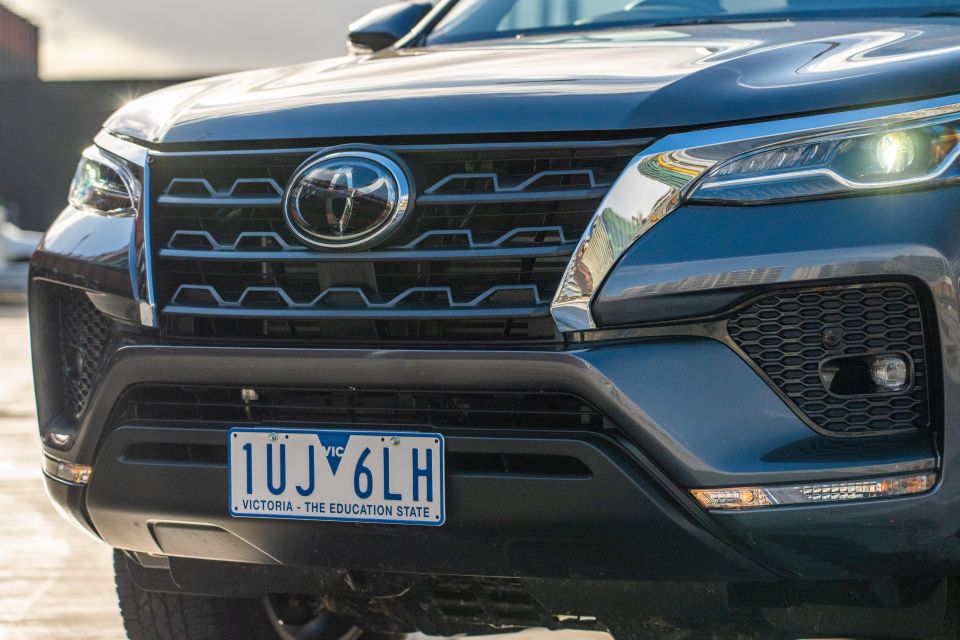
Standard equipment common to both cars includes:
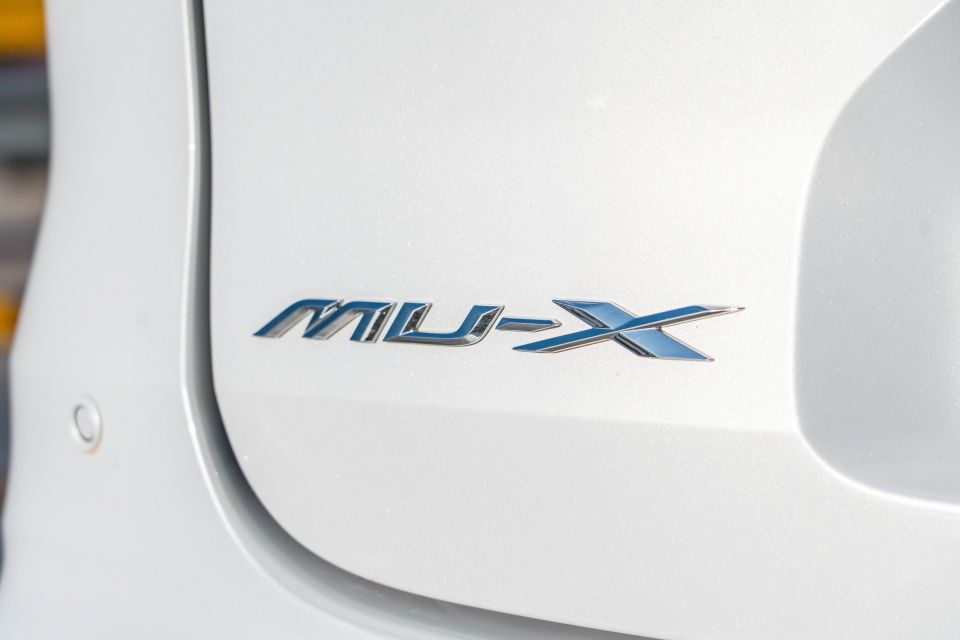
Standard equipment unique to the Isuzu includes:
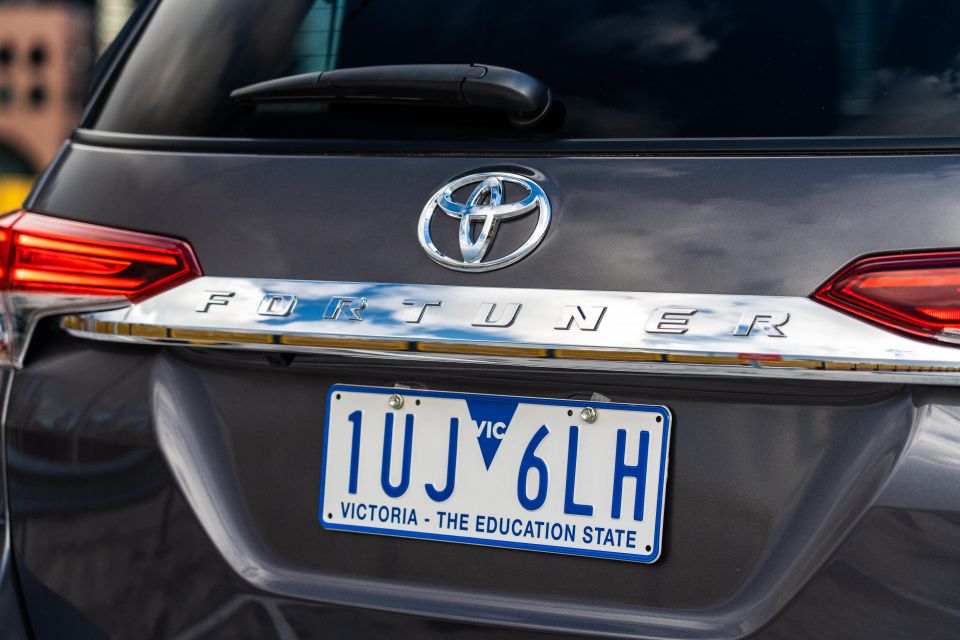
Standard equipment unique to the Toyota includes:
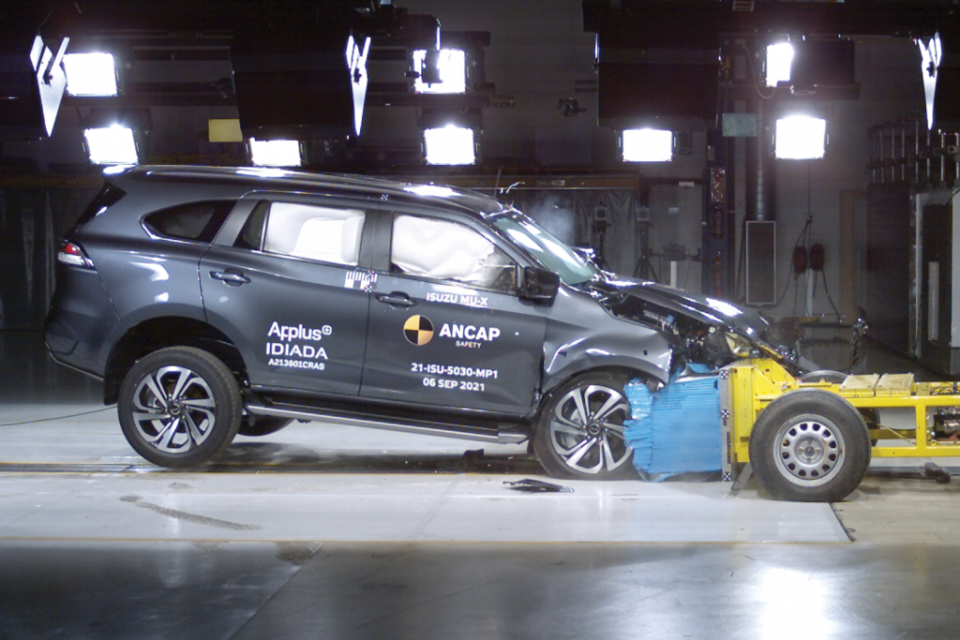
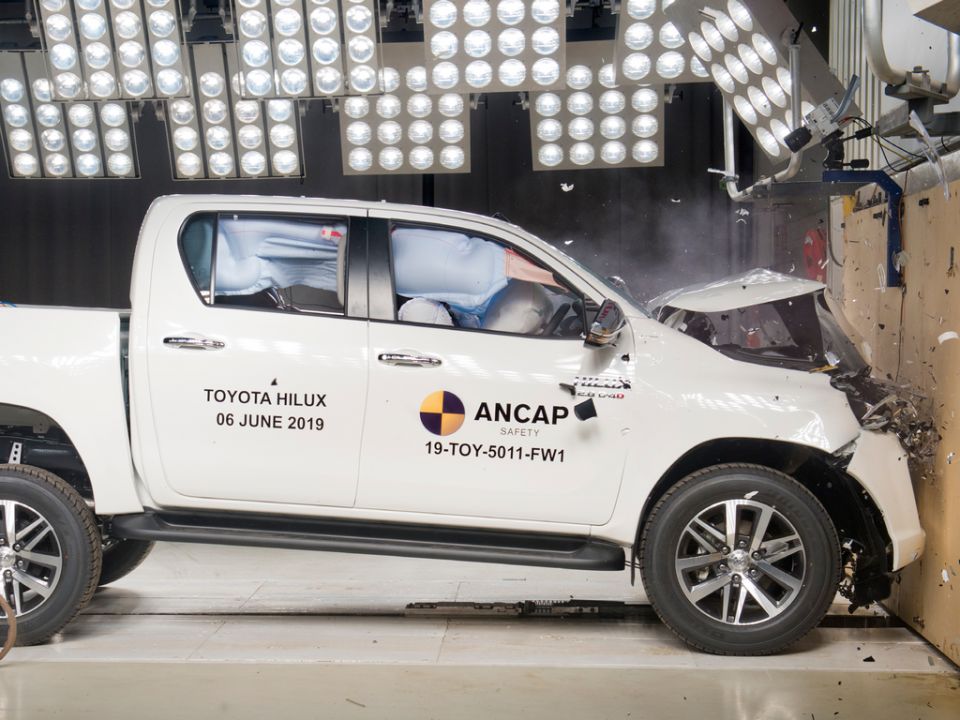
Isuzu MU-X
The MU-X has a five-star safety rating from ANCAP, based on testing conducted in 2020 of the related D-Max.
It received an adult occupant protection score of 87 per cent, a child occupant protection score of 85 per cent, a vulnerable road user protection score of 69 per cent, and a safety assist score of 84 per cent.
The MU-X has eight airbags as standard.
Toyota Fortuner
The 2022 Toyota Fortuner has an ANCAP safety rating of five stars, based on testing of the related HiLux carried out in 2019.
It received scores of 95 per cent in adult occupant protection, 84 per cent in child occupant protection, 88 per cent in vulnerable road user protection, and 78 per cent in safety assist.
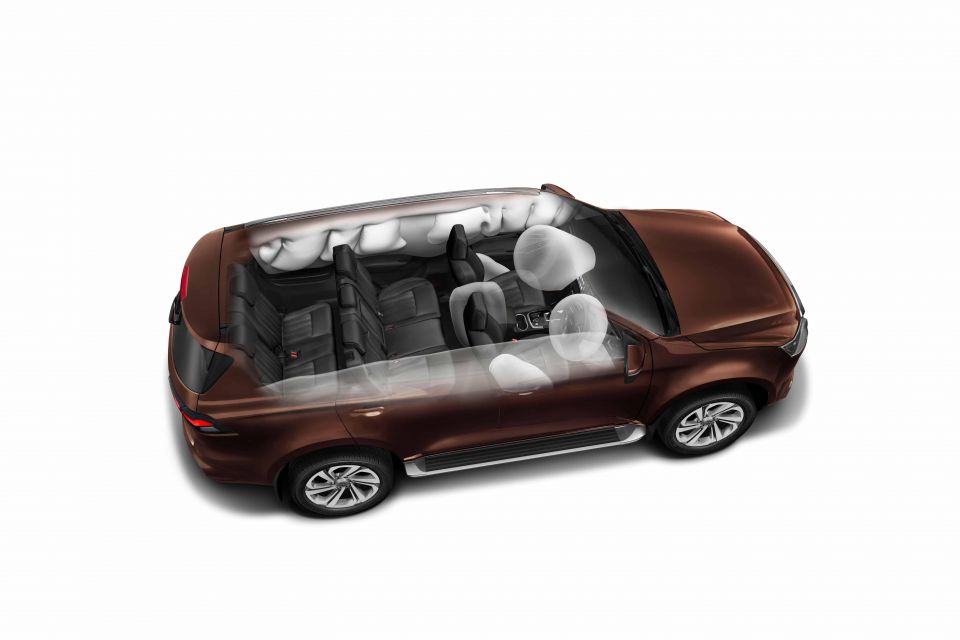
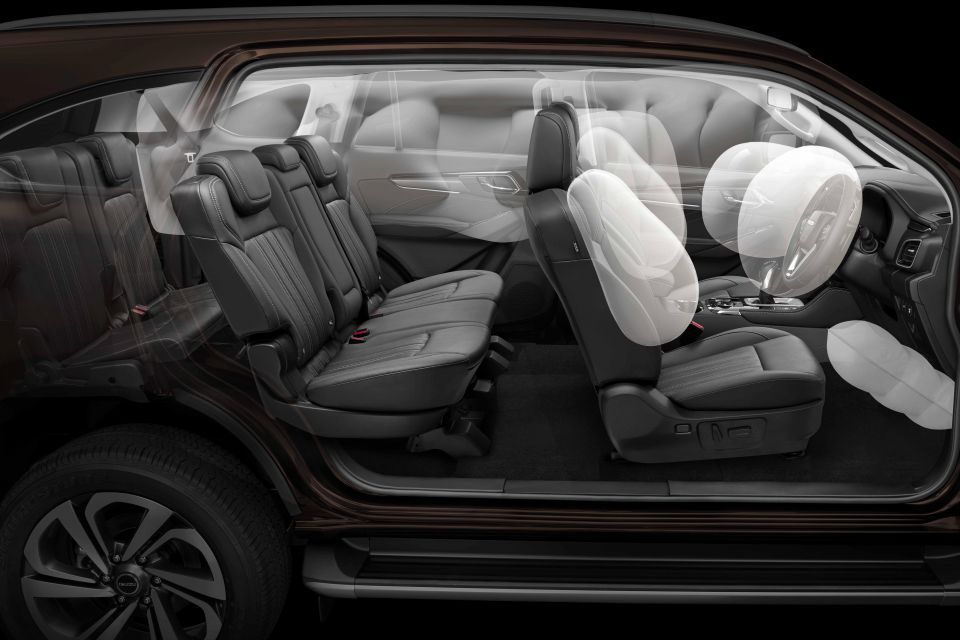
Standard safety equipment common to both cars includes:
Unique safety equipment on the Isuzu MU-X includes:

Isuzu MU-X
With cloth seats and a woodgrain-free wheel rim, the MU-X doesn’t look as flashy as the Fortuner up front. Dig deeper though and this is the better thought-out interior across all three rows.
The driver and passenger sit in comfortable, plush cloth seats (with electric lumbar for the driver) that offer more adjustment for tall drivers than the units in the Fortuner, and the steering wheel is trimmed in nicer leather.
Throw in the generously-padded central armrest, and you’ve got the better cabin of two on test here for long stints behind the wheel.
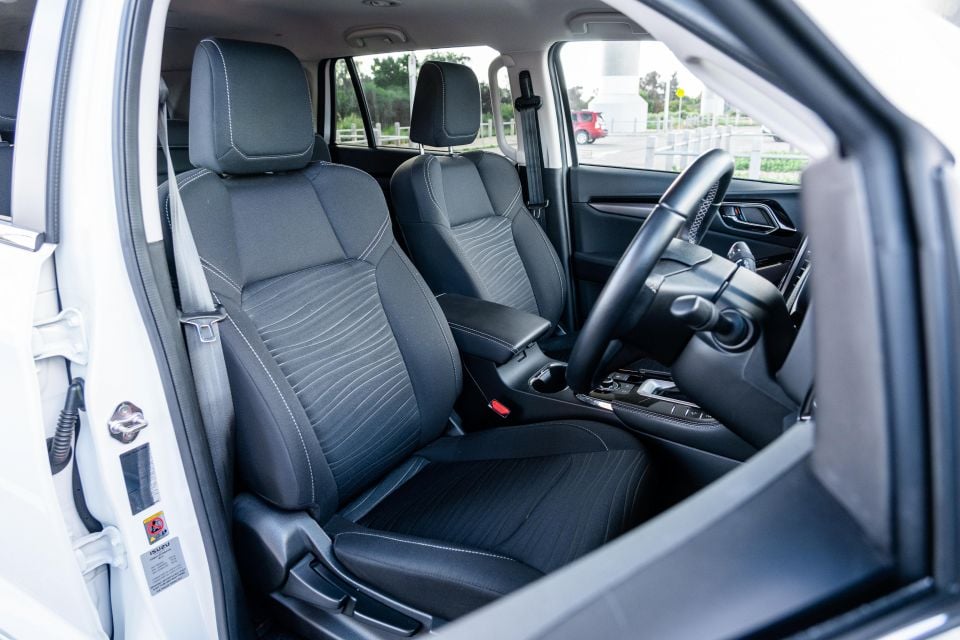
The Fortuner doesn’t exactly set the pace when it comes to infotainment, but the MU-X isn’t all that far ahead of it. The 9.0-inch system in the LS-U one-ups the 8.0-inch unit in its rival on size, and on the fact it has wireless CarPlay, but its interface and mapping look and feel aftermarket.
As is the case in its rival, the MU-X features a pair of analogue dials flanking a colour trip computer. It offers a similar range of views to the Fortuner’s display, although its aftermarket nature is highlighted by the fact you need to set the clock on the touchscreen… and on the trip computer separately.
Storage up front is good. The cupholders don’t swallow lattes like the deeper units on the D-Max, instead sitting them at easy-to-grab height, and the slot beneath the dashboard will more comfortably hold garage keys or wallets than the shallow, slippery slot in the Toyota.
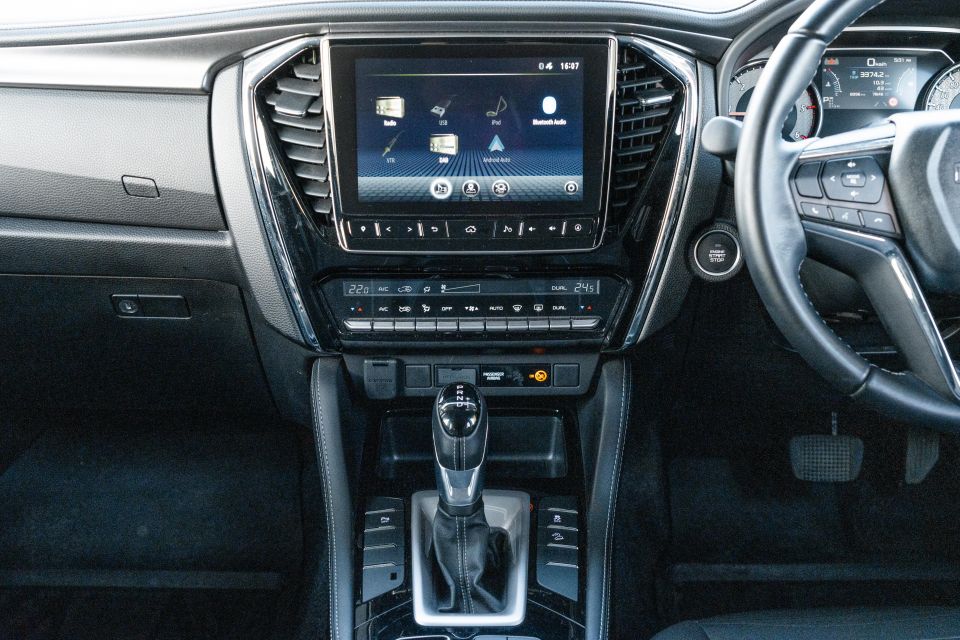
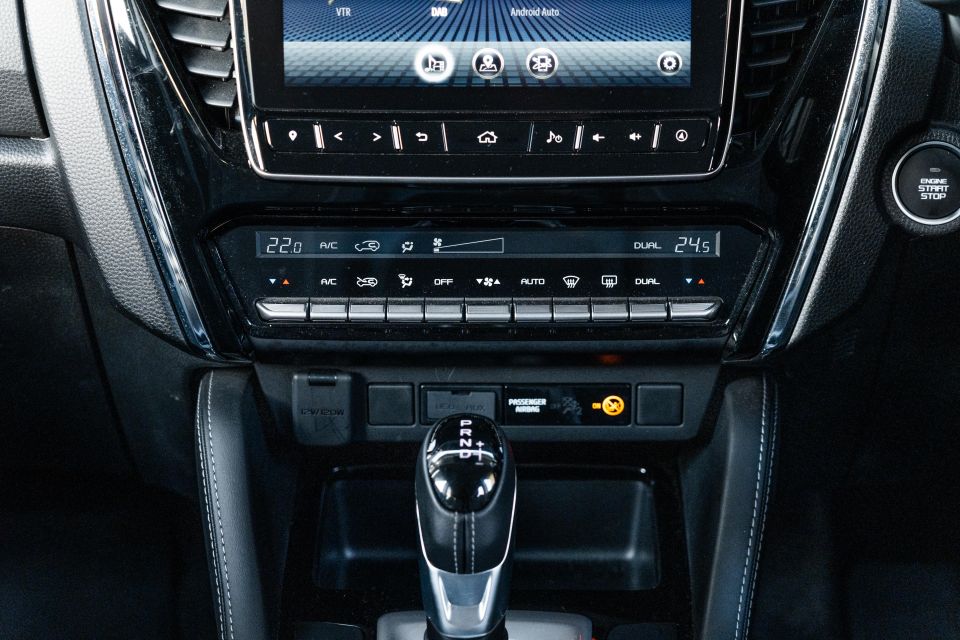
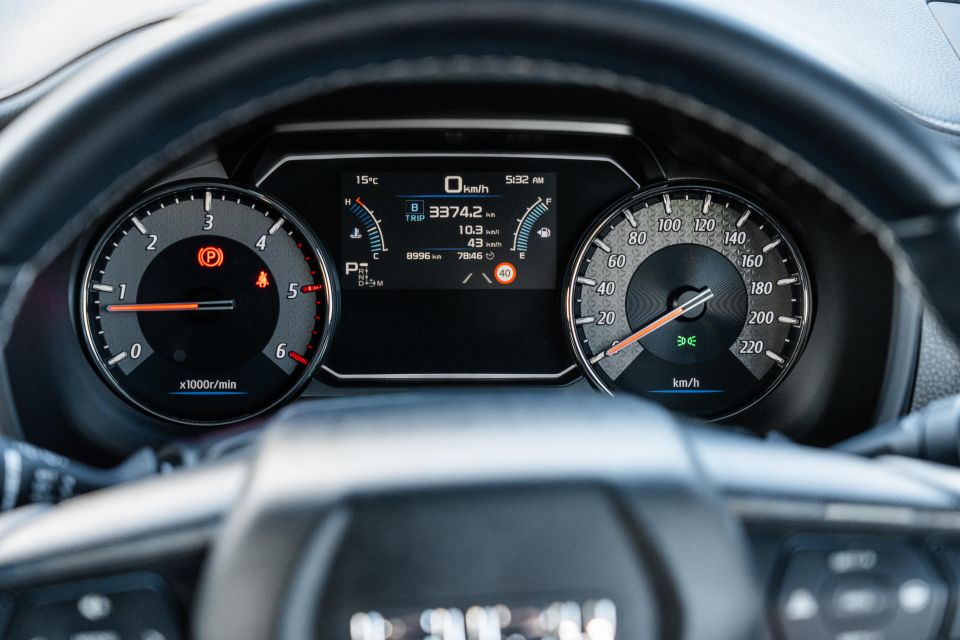

The dual-tier glovebox is a match for what’s on offer in the Toyota, although the underarm storage bin is small.
Rear seat space is good. Adults will be able to sit behind adults, and the roof mounted air vents are almost a perfect match for what’s on offer in the Toyota.
Middle seat occupants are perched slightly higher than those on the outboard pews, but the bench is reasonably wide and the transmission hump negligible.
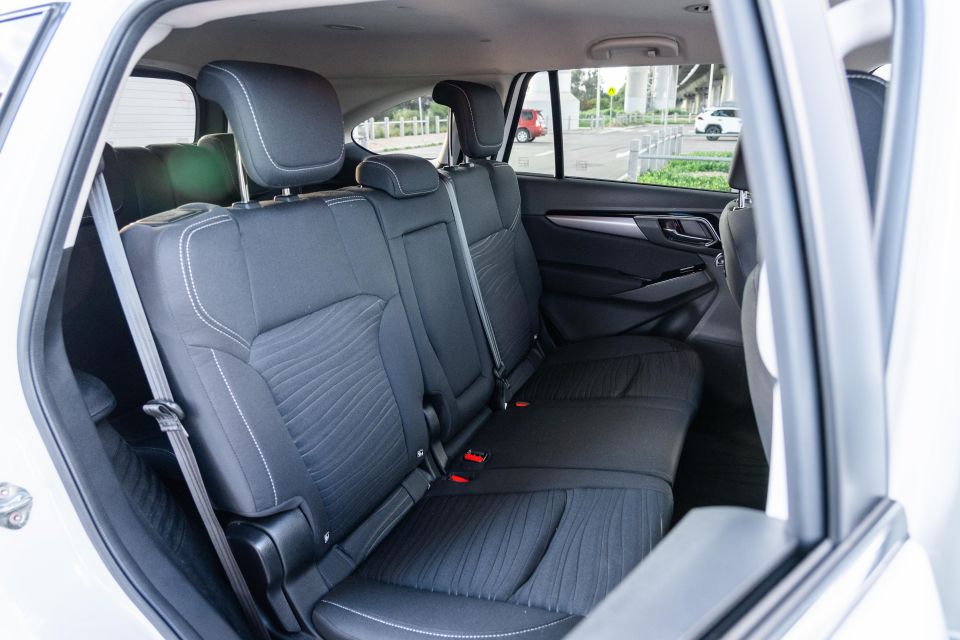
There are dual USB ports back there for long road trips, and the seat backrests recline to prioritise either third-row space or second-row comfort. The bench folds or tumbles forward 60/40.
Access to the third row is simple enough. You pull a lever on the side of the seat and it tumbles forward, leaving a space wide enough for kids to climb through. Erecting the seats is easy, and they fold flat into the floor to create a wide, flat load bay. The same can’t be said for the Fortuner.
Rear accomodation is decent, but this isn’t going to give the Hyundai Palisade or Kia Carnival any sleepless nights.
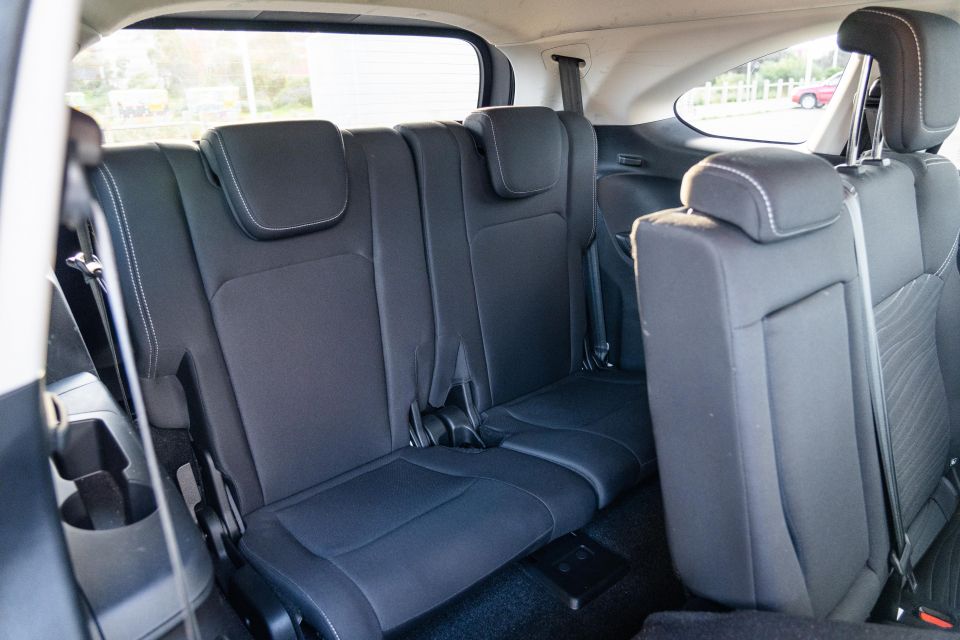
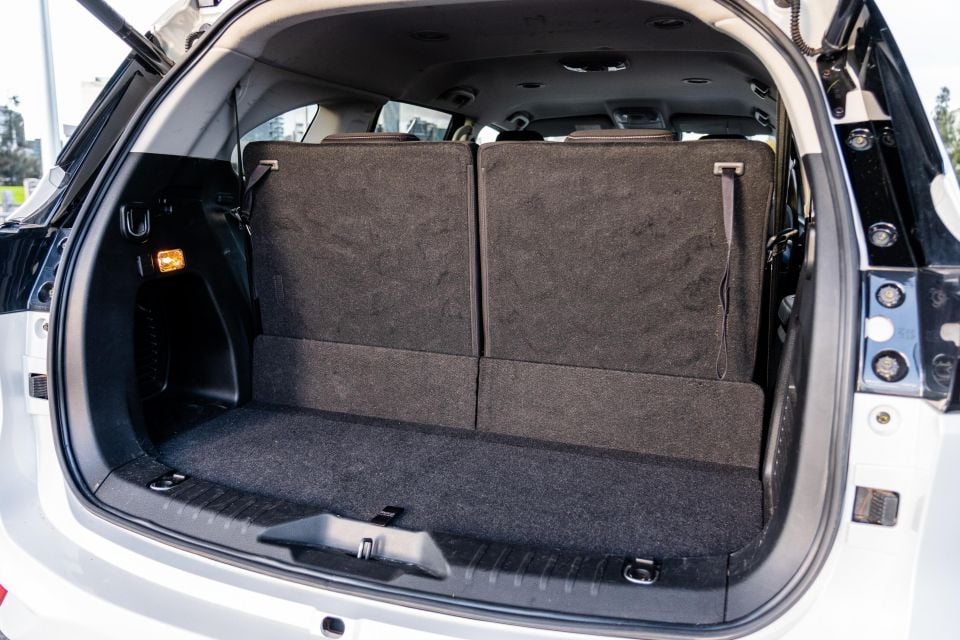
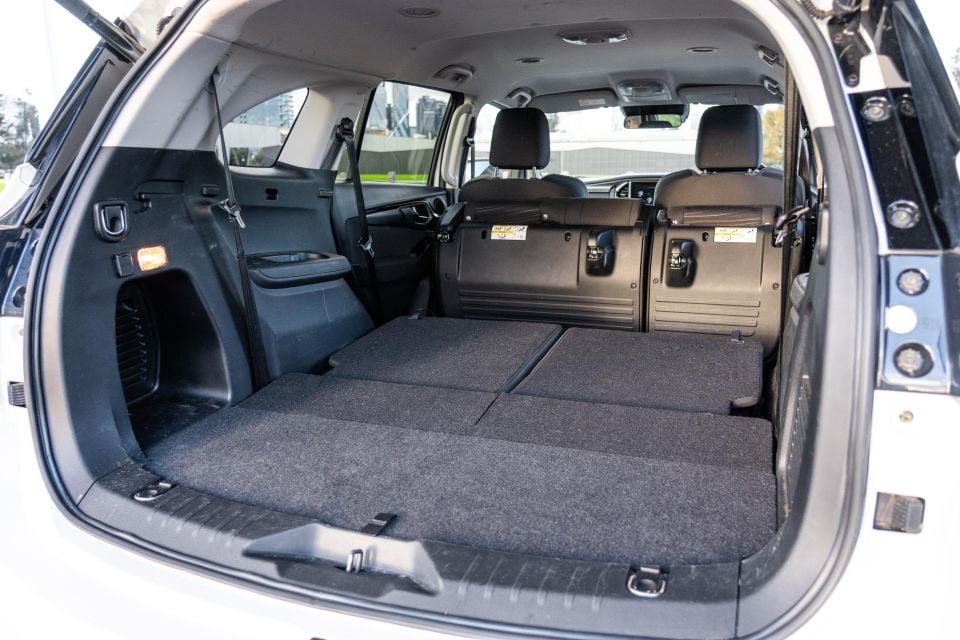
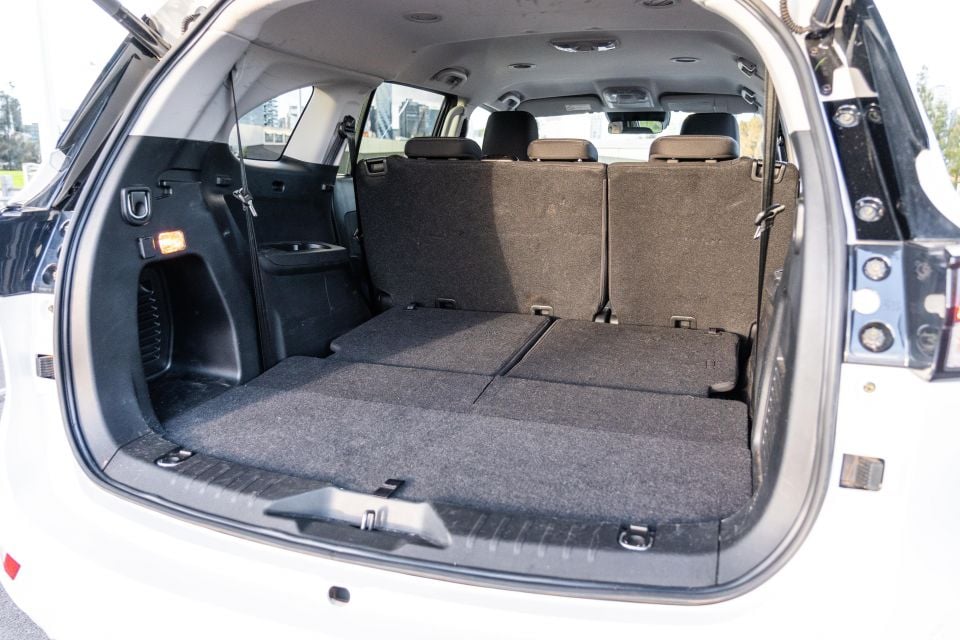
Where expert car reviews meet expert car buying – CarExpert gives you trusted advice, personalised service and real savings on your next new car.
You’ll get kids in there comfortably, and small adults will be able to spend time back there on short trips. There are air vents in the roof and cupholders beside the seats.
Quoted luggage volume is 311L in seven-seat configuration (space for school or shopping bags), expanding to 1119L (space for a lot more than that) in five-seat guise, and 2138L (space for a chest of drawers or similar) with the second row tumbled forward.
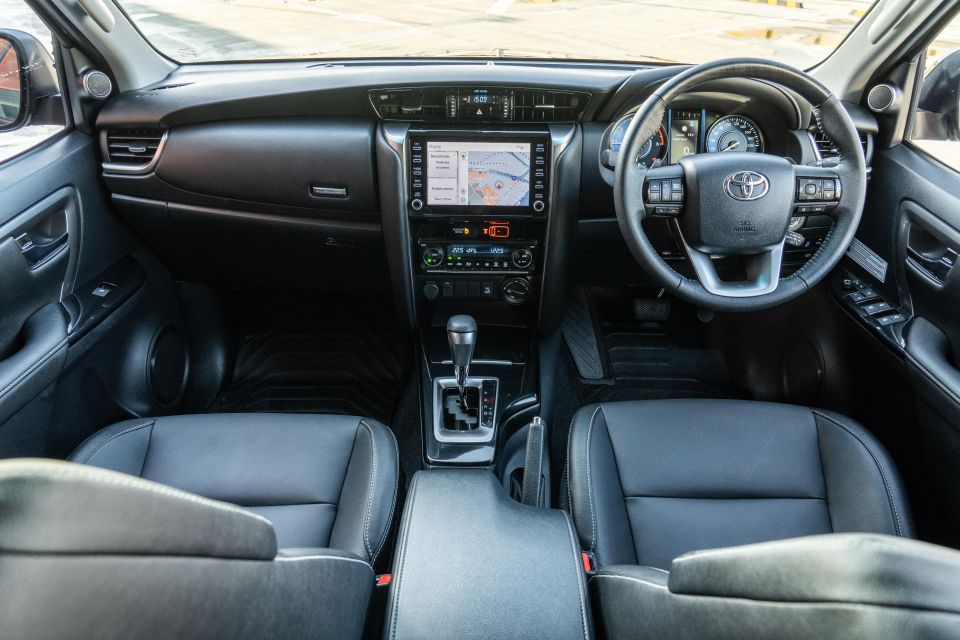
Toyota Fortuner
The Fortuner is, at first glance, the more luxurious of the two cars on test here. With leather trim on the seats and steering wheel, a leather-like padded cover for the top glovebox, and plenty of gloss black, it’s flashier than you might expect of a HiLux-based off-roader.
In reality, the flashiness isn’t backed by the same substance on offer in the MU-X. The driving position is poor for tall drivers – at six-seven, I need to lever my legs under the wheel and sit with them awkwardly splayed – and some of the touch points feel downright nasty.
The central armrest is rock hard, the handbrake is trimmed in brittle plastic, and the chunky steering wheel doesn’t actually feel particularly flash in your hands.
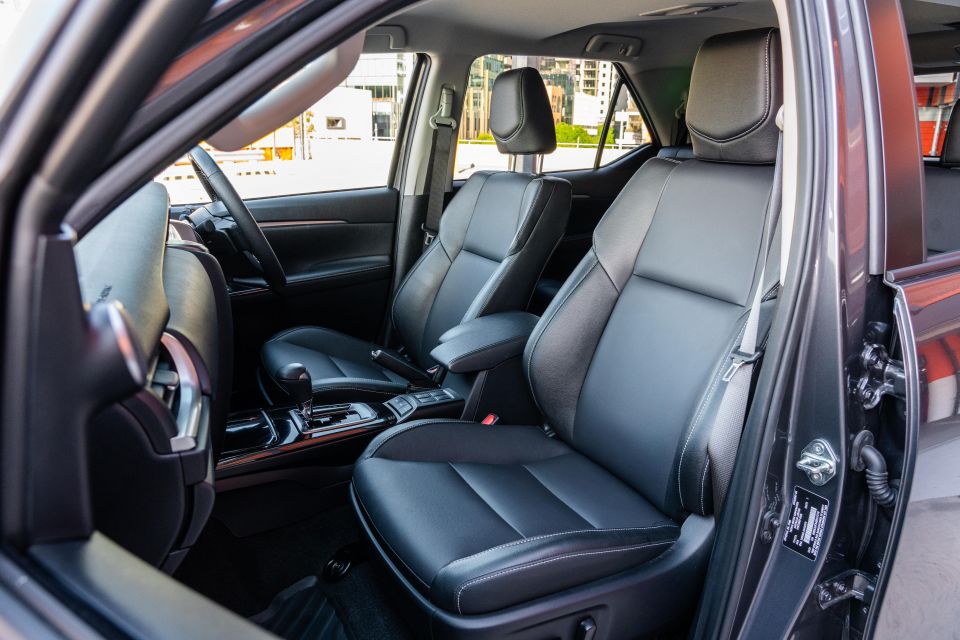
Why Toyota has trimmed the glovebox lid in plush leatherette, but left the armrest uncomfortably solid, remains a mystery.
Infotainment is a Toyota weak spot, and it remains that way here. The 8.0-inch screen in the Fortuner doesn’t look aftermarket like the unit in the Isuzu, but it’s slow to boot up and laggy in day-to-day use. CarPlay is its saving grace, although you’ll still need to plug in.
The driver is faced with simple, legible analogue dials between which sits a colour trip computer capable of showing your speed, media, or trip data.
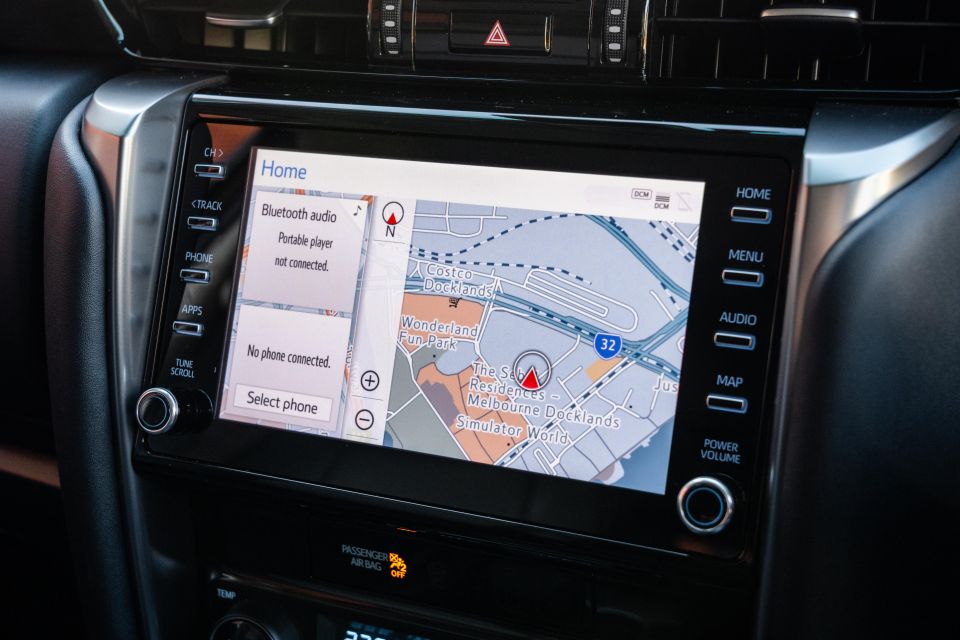
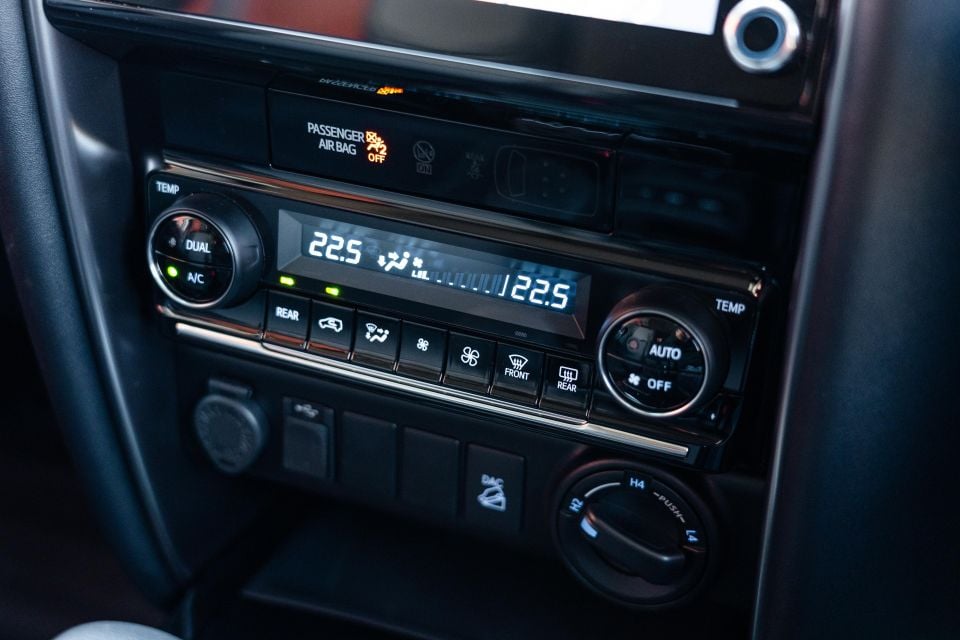
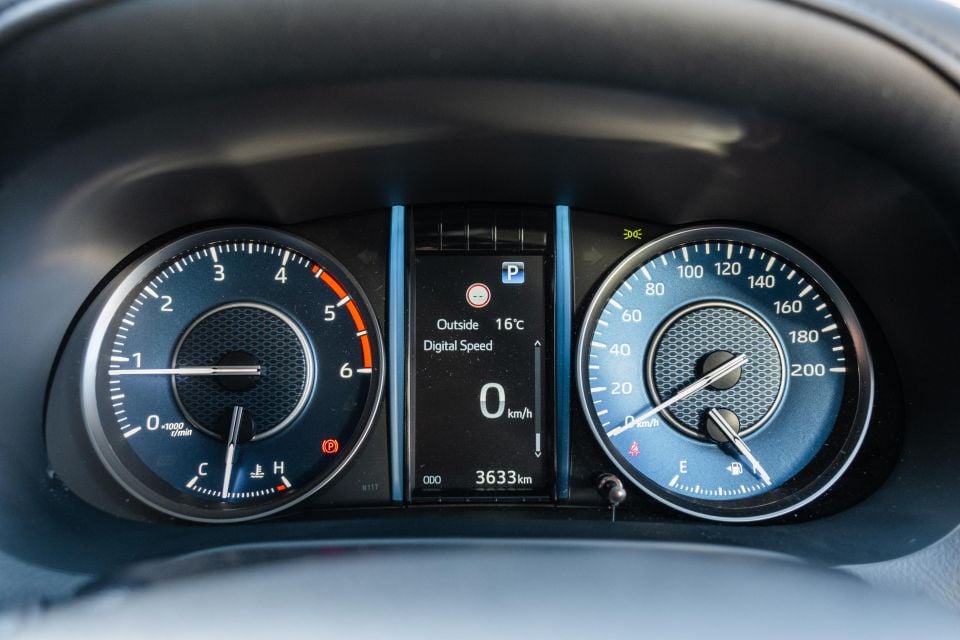
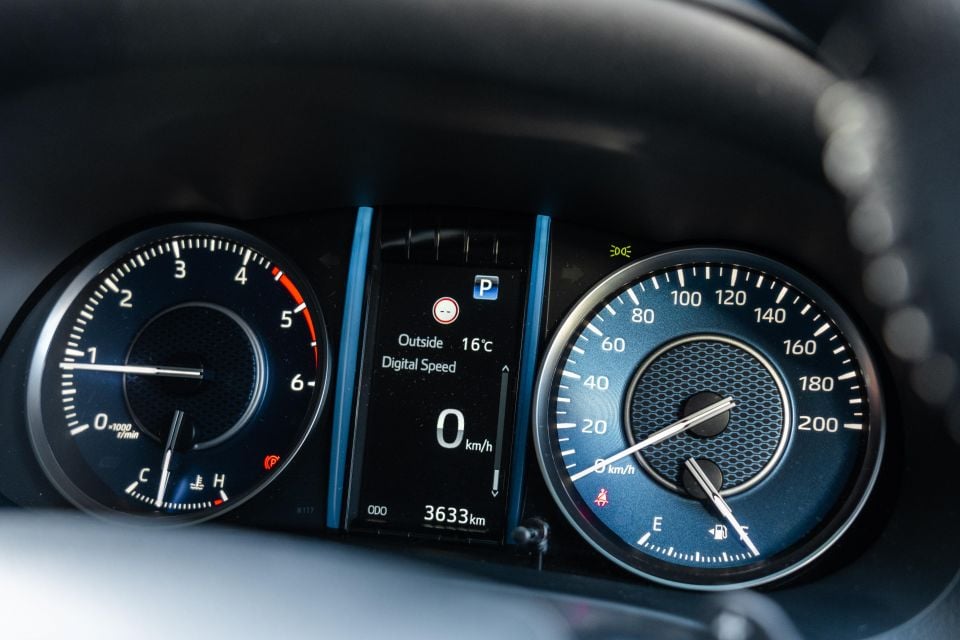
Storage up front is fine, but nothing more. The cupholders are nestled beneath the centre console beneath a flip-up lid, and there’s an open space that would be the perfect slot for a wireless charger… but instead is just a neat place to put your phone.
The dual-tier glovebox has plenty of space, and the underarm bin has room for a family’s worth of road trip snacks.
Rear seat space is fine, but nothing more. There’s marginally less legroom than is offered in the MU-X, and headroom is similar. Like the Isuzu, the Fortuner has roof-mounted air vents, but it lacks the USB ports of its rival, instead featuring a less useful 240V plug.
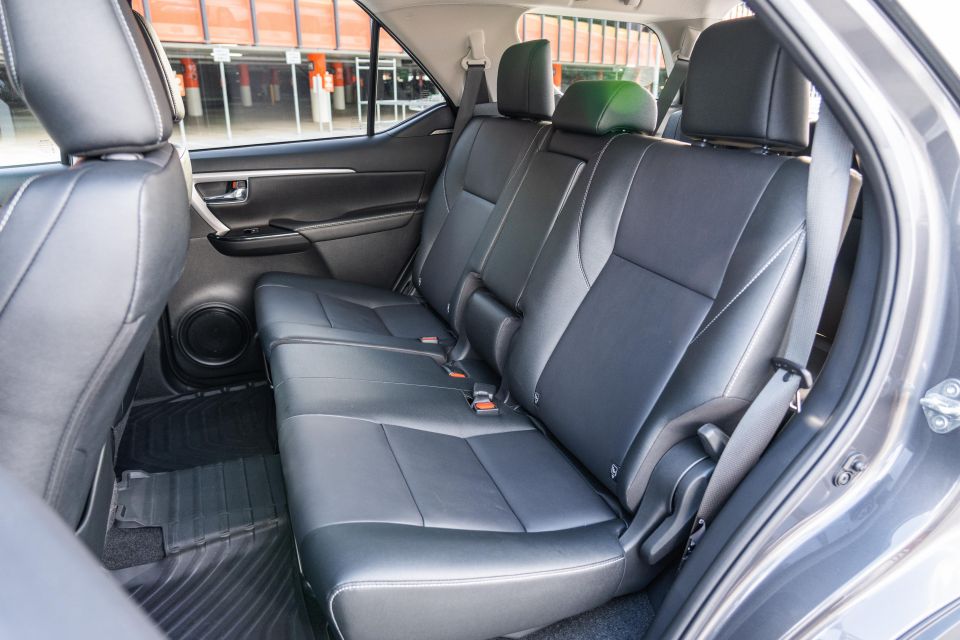
Although the rear bench slides, access to the third row is tougher in the Toyota than the Isuzu.
With the driver’s seat set for a taller adult, the opening through which kids need to climb to access the third row is quite tight, and the seats themselves are slightly less accomodating than those in the MU-X.
Although there are air vents back there, the cupholders in the Isuzu have been replaced by less useful cutouts in the side of the boot in the Fortuner.
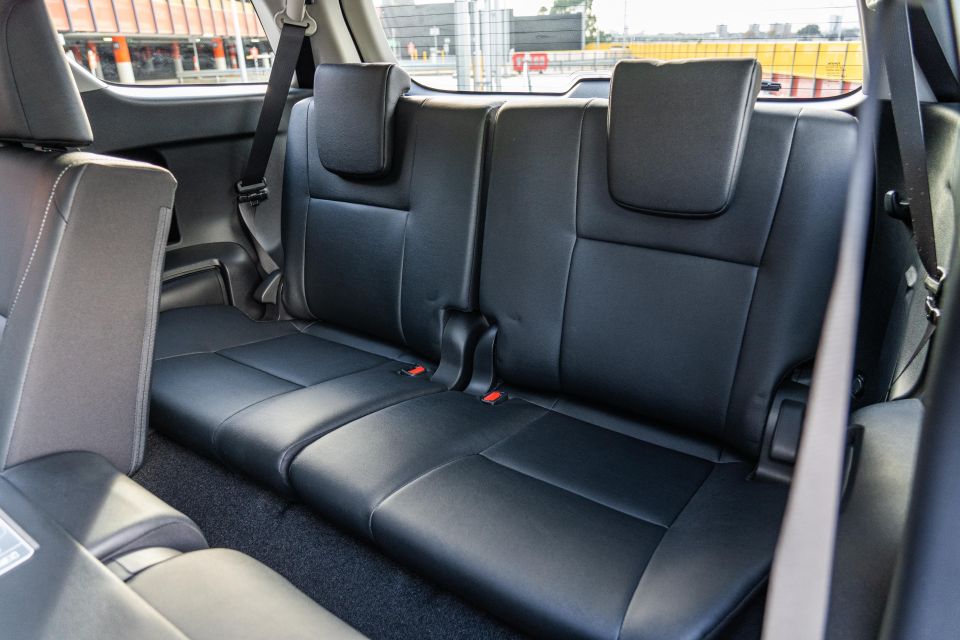
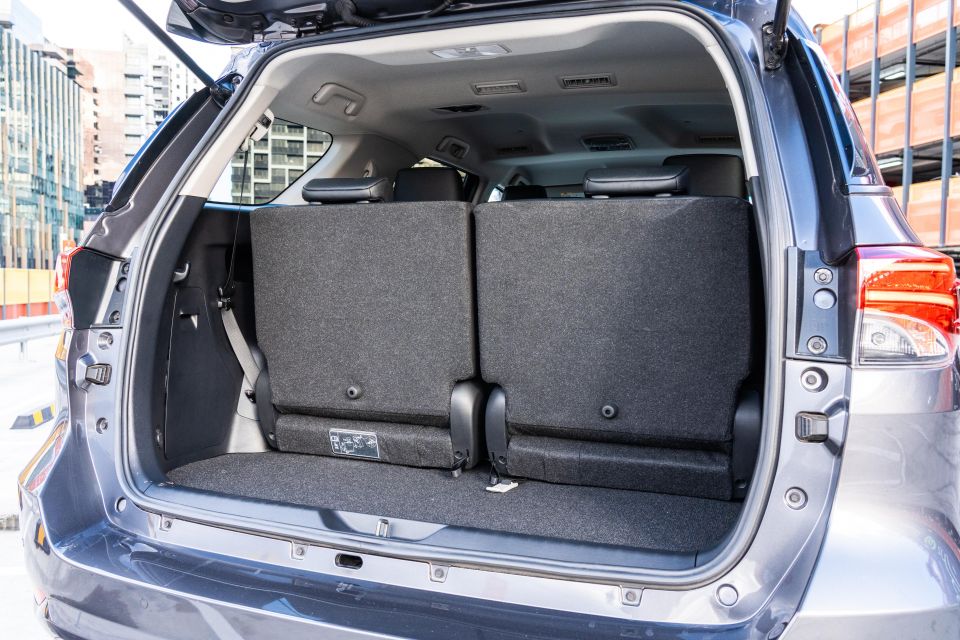
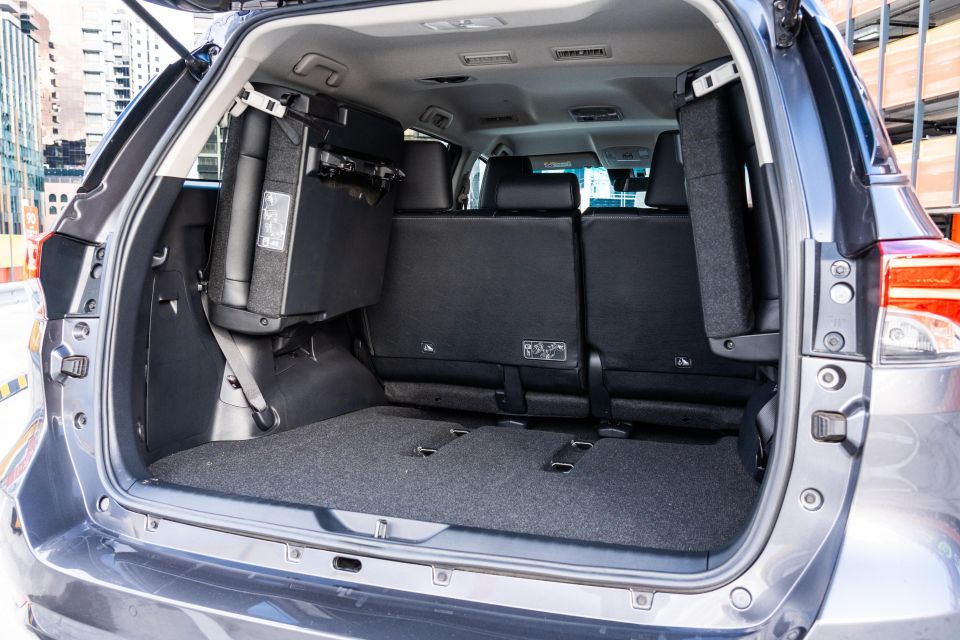
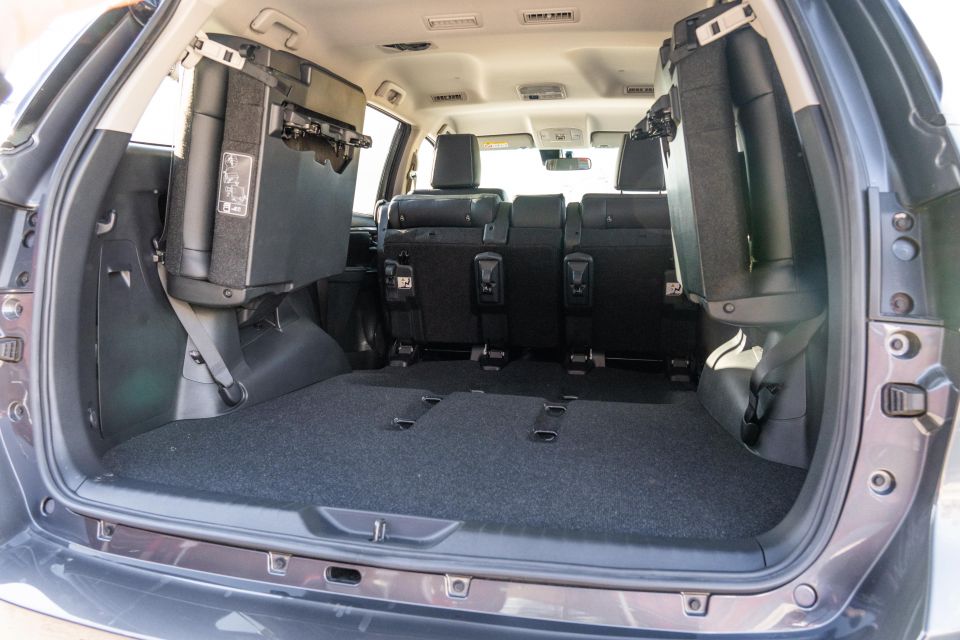
Then there’s the fact Toyota hasn’t engineered the third row in the Fortuner to fold into the floor. Instead, you need to clip them to the side of the load bay, which limits visibility and boot space, and means they squeak over rough roads. They can be removed entirely, but it’s a laborious process.
The boot is also manual, not powered like that of the MU-X.
Toyota doesn’t quote a claimed boot capacity for the Fortuner, but independent figures quote 200L with the third row in use, 716L with the third row folded, and 1080L with the second row folded.
The stark differences between the Fortuner and MU-X’s official figures are likely down to different measuring standards, but in practice the Isuzu has the larger and more usable boot space.
| Isuzu | Toyota | |
|---|---|---|
| Length | 4850mm | 4795mm |
| Width | 1870mm | 1855mm |
| Height | 1825mm | 1825mm |
| Wheelbase | 2855mm | 2745mm |
| Boot space | 311L/1119/2138L | |
| Weight (kerb) | 2155kg | 2185kg |
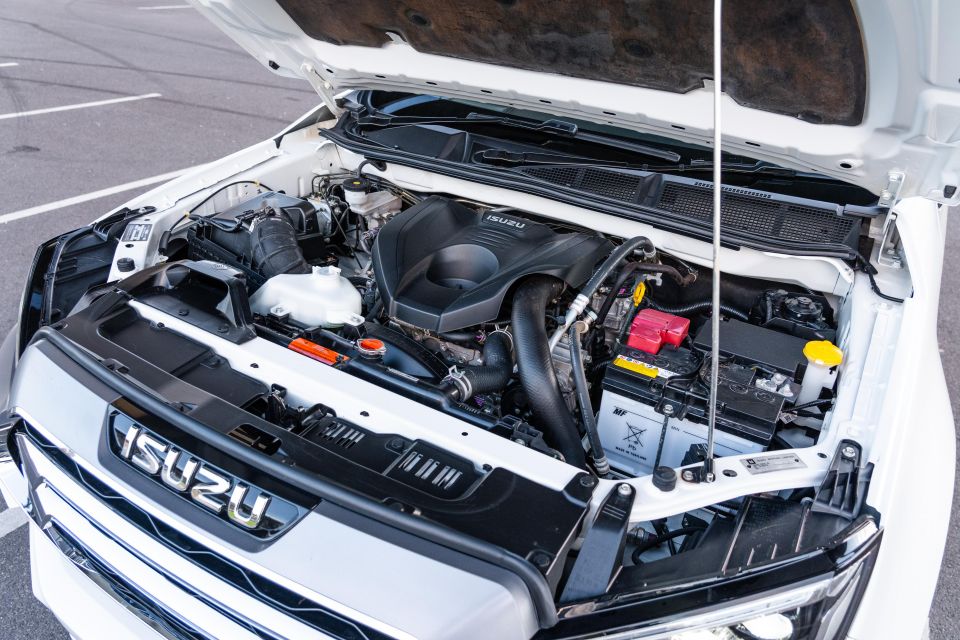
Isuzu MU-X
Power in the Isuzu MU-X comes from the same 3.0-litre four-cylinder turbo-diesel engine as the D-Max ute, making 140kW and 450Nm.
In the 4×4 model on test here, it’s sent to the road through a six-speed automatic transmission and switchable four-wheel drive, including low-range. The MU-X also features a locking rear differential.
Claimed fuel economy is 8.3L/100km on the ADR combined city and highway cycle, and the MU-X has an 80L fuel tank.
We saw 8.1 litres per 100km on a 100km loop skewed to highway driving, but it’s worth mentioning our MU-X tester featured roof racks that may have impacted that figure slightly.
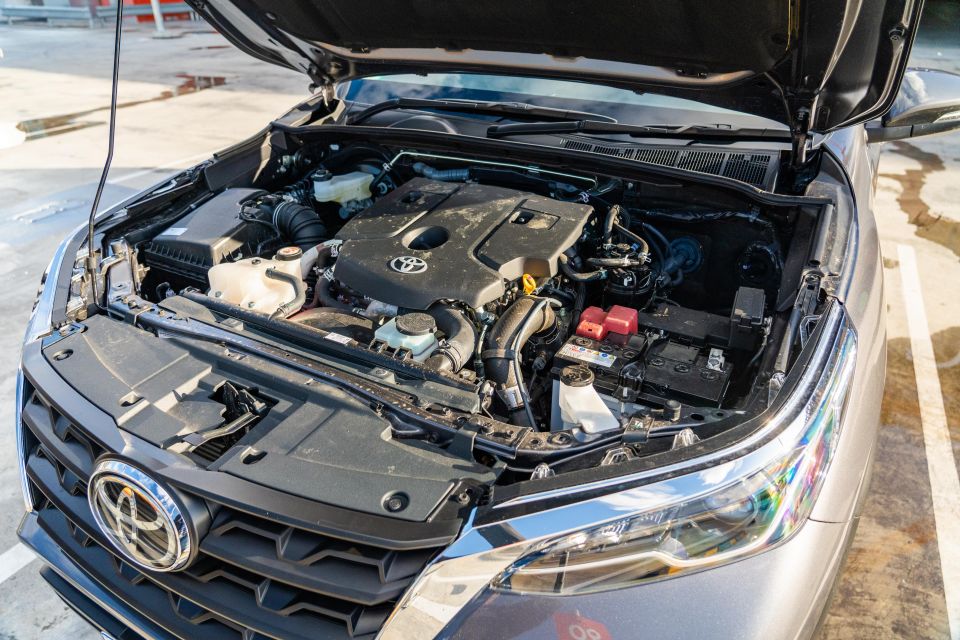
Toyota Fortuner
The Toyota Fortuner is powered by the same 2.8-litre turbo-diesel four-cylinder engine as the HiLux ute, with 150kW of power and 500Nm of torque.
It comes with a six-speed automatic transmission and switchable four-wheel drive, including low range and a locking rear differential.
Claimed fuel economy is 7.6L/100km on the ADR combined city and highway cycle, and the Fortuner has an 80L fuel tank.
| Isuzu | Toyota | |
|---|---|---|
| Engine | 3.0L turbo four-cyl | 2.8-litre turbo four-cyl |
| Fuel | Diesel | Diesel |
| Power | 140kW | 150kW |
| Torque | 450Nm | 500Nm |
| Transmission | Six-speed auto | Six-speed auto |
| Drive type | Switchable 4×4 | Switchable 4×4 |
| Towing | 3500kg braked | 3100kg braked |
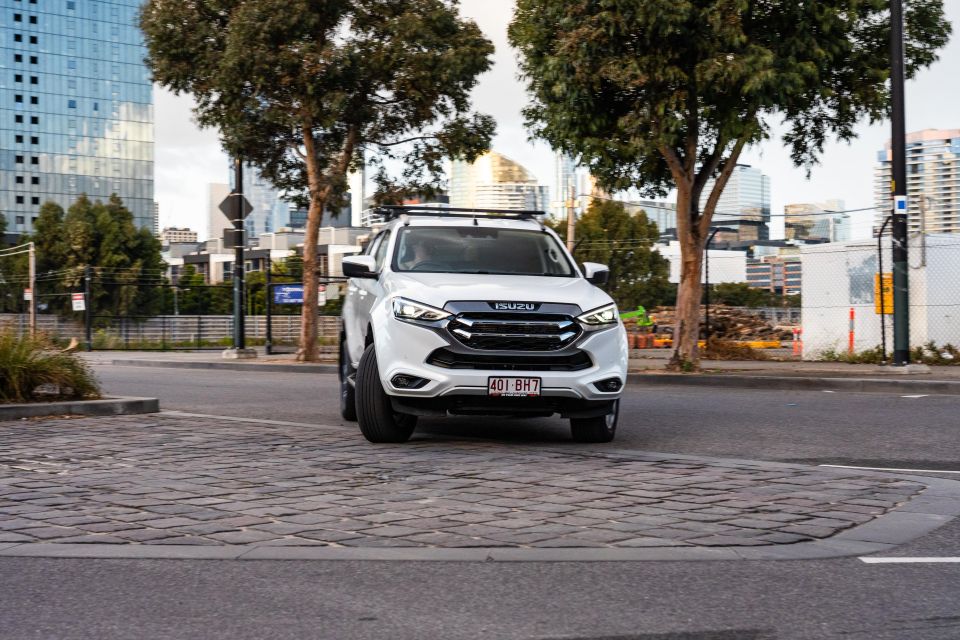
Isuzu MU-X
The MU-X feels very similar to the D-Max from behind the wheel in a number of key ways.
For starters, the steering is meaningfully lighter than in the Fortuner, which makes the MU-X much easier to thread through tight carparks than its rival. All-round vision is better, and the blind-spot monitor means you’re more aware of what’s lurking alongside you in traffic.
Although the MU-X is friendlier than the Fortuner at low speeds, it’s still not as comfortable or easy to drive as a Kia Sorento or Toyota Kluger. If you don’t need to go off-road, there are better options out there than either of these cars.
Like the Fortuner, the MU-X has a pretty average reversing camera. Not only is it low-resolution, it’s slightly off-centre and doesn’t offer a particularly confidence-inspiring view of the rear bumper. This is a big car, so being able to accurately place it is important.

As is the case in its rival, a surround-view camera is an upgrade we’d love to see with a mid-life facelift.
The engine in the MU-X is down on power and torque relative to its rival, and it lacks the same muscular feeling in the real world.
It isn’t short on grunt, and the progressive throttle pedal makes it easier to make smooth process at low speed, but the 3.0-litre in the Isuzu doesn’t quite squeeze you back in your seat like the 2.8L in the Toyota. At least it’s quieter at the top end.
Isuzu says the transmission in the D-Max and MU-X has been retuned to be more decisive than before, but it’s still occasionally prone the hunting for gears at lower speeds.
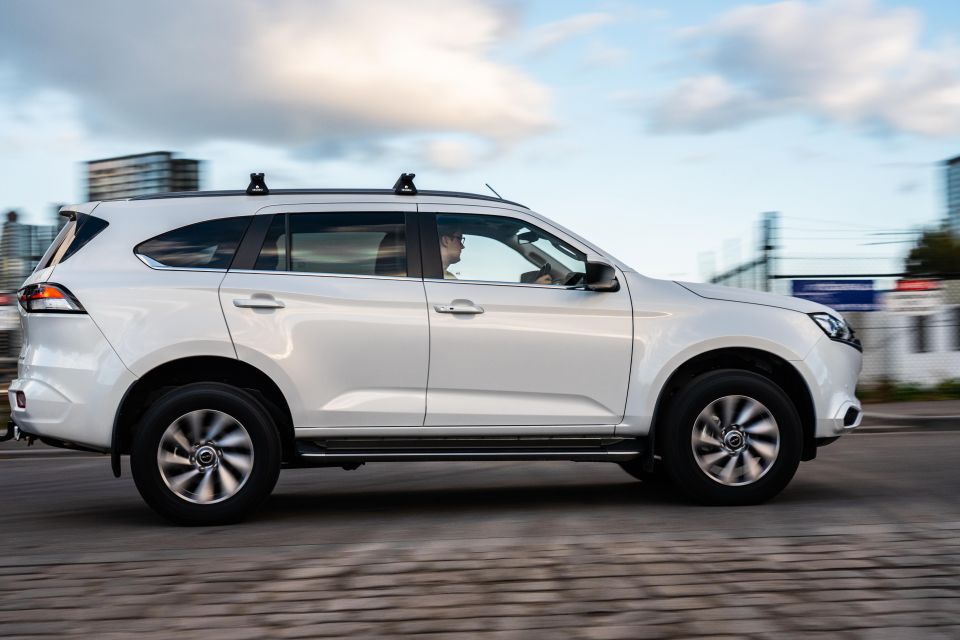
Sometimes it kicks down when it doesn’t need to, changes its mind, and then changes back up again to try and correct it all. It’s better than before, but it’s not quite as self-assured as the transmission in the Fortuner. You don’t get paddles behind the wheel, but the gear selector can be used to take manual control.
At highway speeds, the MU-X is quieter than the Toyota (despite our tester wearing roof racks), and the ride quality is good by body-on-frame standards. It’s slightly busier at the back than the Fortuner at low speeds on roads with lots of small, tightly-packed bumps, but it’s still far from uncomfortable.
At higher speeds it breathes nicely with the road, dealing neatly with highway crests and dips, and over washboard gravel it has a slightly softer edge than the Fortuner.
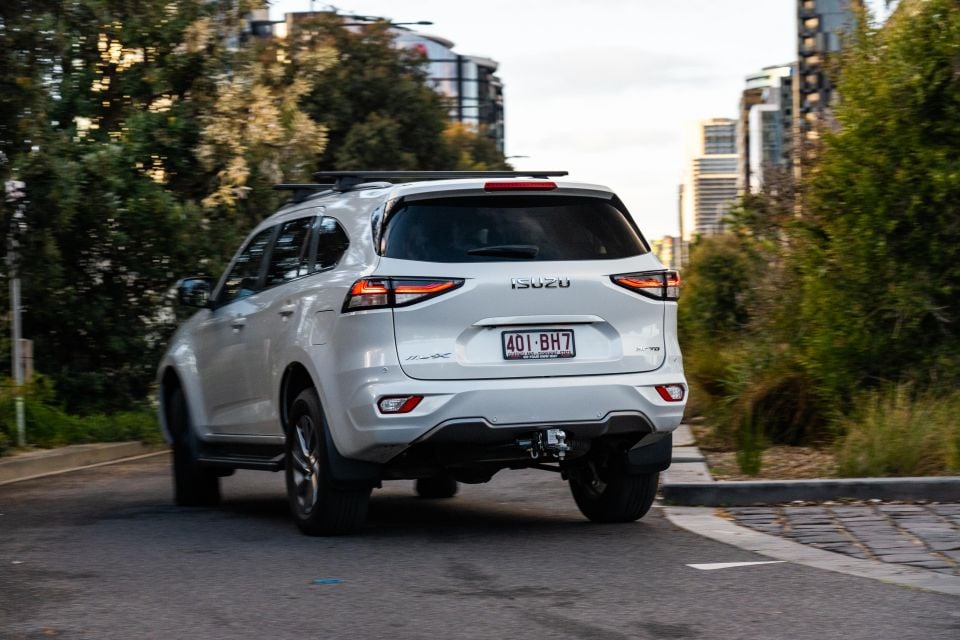
Isuzu’s traction control felt slightly smoother than the system in the Fortuner on gravel in our testing, and its 2H, 4H, and 4L dial worked every bit as quickly and quietly as that in the Toyota. Nervous off-roaders will be pleased to know there are plenty of clear lights on the dashboard to show what’s happening under the skin.
On crowned back roads – the sort where you need to dip off the sealed centre and onto a gravel shoulder when there’s traffic coming the other way – the MU-X requires fewer steering inputs than the Fortuner to stay on the straight and narrow.
Its driver assists don’t try and cut in when the road markings disappear, instead ceding control to the human behind the wheel.

Toyota Fortuner
The Fortuner is based on the HiLux ute, and it shows. Even after a recent update the HiLux is one of the more rugged dual-cab utes out there, and that doesn’t translate well to a seven-seat family SUV.
With heavy steering at low speed and a noticeable diesel clatter on startup, it feels very truck-like from the moment you get rolling. The Isuzu can’t completely hide its agricultural roots, but it does a better job than the Toyota.
Navigating tight underground carparks requires more arm-twirling and bigger biceps than is ideal. The car just feels cumbersome in tight spaces, despite actually being the smaller of the two on test – and despite Toyota making the steering lighter with a mid-life refresh.
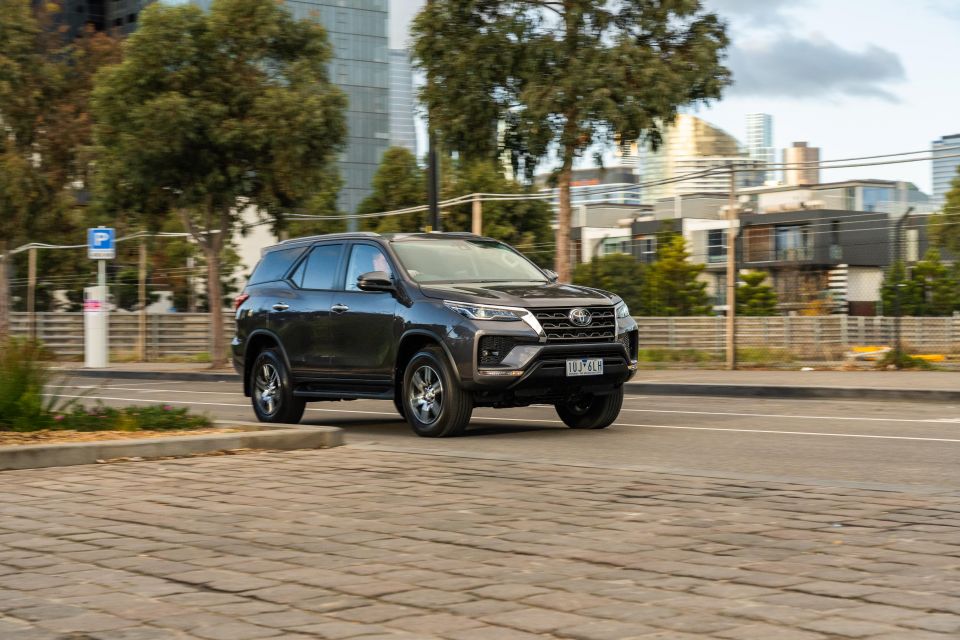
The third-row seats also cut visibility when they’re folded into the side of the load space, and the lack of blind-spot lights is disappointing in 2022. Toyota offers them on the Crusade, but has skimped here. The reversing camera is low-resolution, and a surround-view camera would make placing the car (and its considerable front overhang) much easier.
What the Fortuner does have is grunt, and plenty of it. Toyota boosted the 2.8-litre turbo-diesel engine along with its styling in 2020, upping power to 150kW and torque to 500Nm, and it shows in the real world.
Lean on the accelerator and the Fortuner surges forward more determinedly than the Isuzu when you’re in the mid-range, and the six-speed automatic can hold a taller gear instead of shifting down when you need to get a move on.
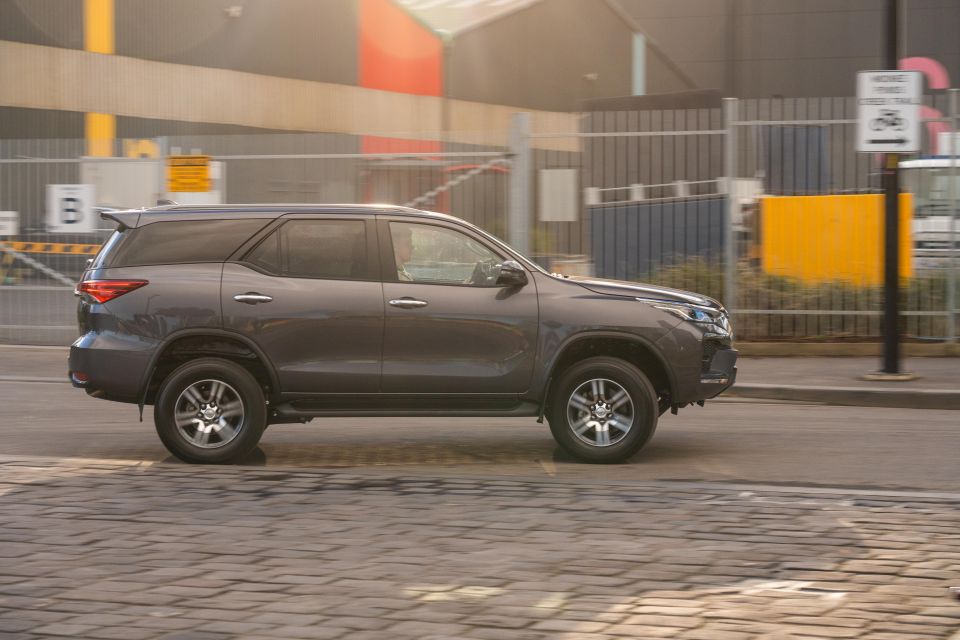
Where the MU-X can hunt for the right ratio at times, the transmission in the Toyota feels slightly more confident and settled.
At highway speeds, the clattery diesel engine settles down nicely and the rear suspension in the Fortuner lends it a slightly more settled ride than that of its Japanese rival. It still has the slightly busy, jiggly feel common in ute-based SUVs with only the driver on board.
Over washboard gravel with some potholes, there’s a reasonably soft edge to the ride. It does a decent job keeping occupants separated with what’s happening beneath them, although it doesn’t quite have the plush feeling you get in the MU-X at higher speed.

The traction control and stability control in the Fortuner cut in reasonably smoothly on loose surfaces, and the switch between 2H, 4H, and 4L four-wheel drive modes happens swiftly and smoothly. Nervous off-roaders will be pleased to know there are plenty of clear lights on the dashboard to show what’s happening under the skin.
The Fortuner feels more like a body-on-frame truck than the MU-X on roads with a significant crown though, requiring more steering to keep the front end on the straight and narrow.
Toyota’s driver assists also lack the sophistication of those in its rival. The lane-keeping system is brake-based rather than steering the car back between the white lines when you stray.
MORE: Toyota Fortuner Crusade off-road review
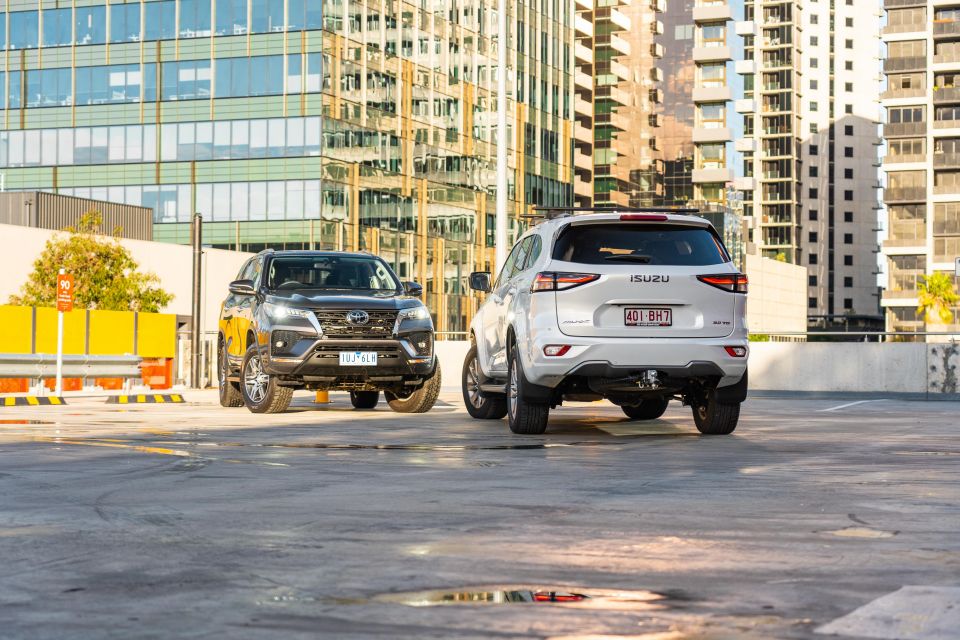
Isuzu MU-X
The Isuzu MU-X is backed by a six-year or 150,000km warranty.
Maintenance is required every 12 months or 15,000 kilometres, and the car costs a combined $3373 over the first seven years to service.
Toyota Fortuner
The Fortuner is backed by a five-year, unlimited-kilometre warranty – extended to seven years on the powertrain if you service on time within the Toyota dealer network.
Unfortunately, those services are required every six months or 10,000km. The first three years of maintenance will set you back a combined $1500, at which point Toyota’s capped-price service offer ends.
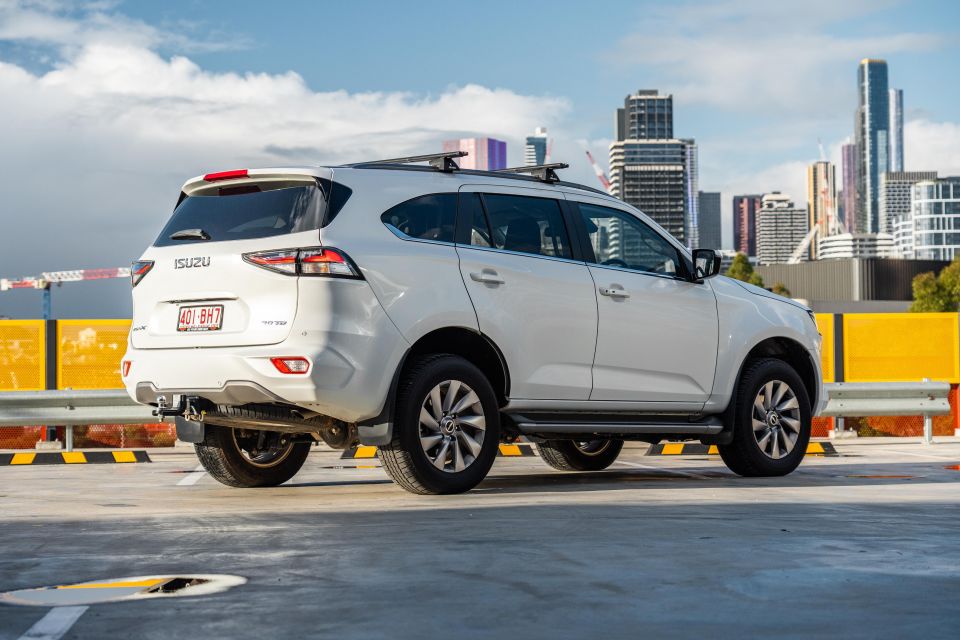
The Fortuner is a rare miss from Toyota.
Its muscular powertrain is a positive, but otherwise it can’t match the MU-X. Sure, a bit of ruggedness is good in a ute-based four-wheel drive designed with some off-roading in mind, but that ruggedness comes at the cost of refinement.
The MU-X isn’t perfect, but it’s a better family car than the Fortuner. It’s nicer to drive in the city, has a more practical interior across all three rows, and has a full suite of active safety equipment as standard.
Yes, it’s more expensive than the Fortuner, and the infotainment system feels aftermarket. But it’s a better-rounded family wagon, that’s friendly in town and capable on the open road.
A showdown with the new Ford Everest awaits.
Get some insights into how this pair perform off the tarmac in the videos below.
MORE: Everything Isuzu MU-X MORE: Everything Toyota Fortuner
Share your thoughts with us in the comments below!
Scott Collie is an automotive journalist based in Melbourne, Australia. Scott studied journalism at RMIT University and, after a lifelong obsession with everything automotive, started covering the car industry shortly afterwards. He has a passion for travel, and is an avid Melbourne Demons supporter.
Share your thoughts and write a review of a car you own and get featured on CarExpert.


Max Davies
2 Hours Ago


Damion Smy
10 Hours Ago
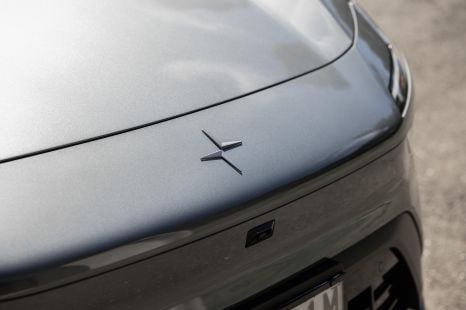

Damion Smy
11 Hours Ago


Damion Smy
12 Hours Ago


Damion Smy
15 Hours Ago


CarExpert.com.au
16 Hours Ago